China has claimed to have successfully cloned the first Tibetan goats using the same technique that produced the world’s first cloned animal, Dolly the sheep.
The scientists said the goat clones were created through somatic cell cloning, which involves transferring the nucleus of an adult cell to a new egg. The egg is then implanted in a surrogate mother who gives birth to a baby who has zero percent of her DNA but 100 percent of the donor’s.
The first-born weighed 7.4 pounds and “is healthy,” according to a video from state news channel China Central Television, but there has been no mention of the second goat.
They were cloned from huge, prize-winning goats desirable for reproduction.
Chinese scientists said they are doing this to “restore and preserve” the genetic material of “excellent individuals” in the population, a difficult process for breeders and herders.
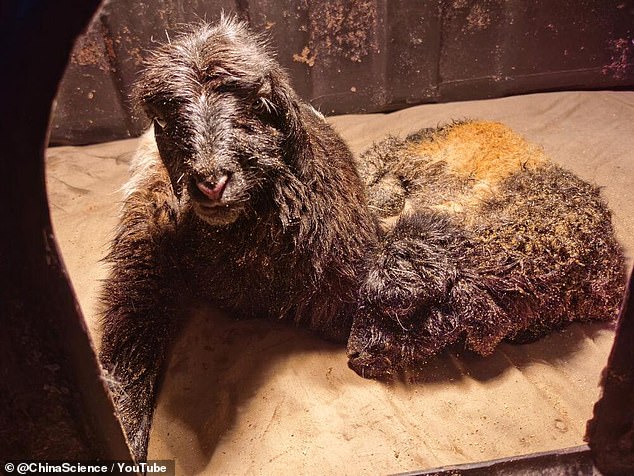
The first-born weighed 7.4 pounds and “is healthy,” according to a video from state news channel China Central Television, but there has been no mention of the second goat.
“Through cloning, genetic information can be completely copied,” said lead researcher Su Jianmin of Northwest Agriculture and Forestry University.
“By making the most of the excellent breeding rams, as well as fully utilizing and expanding their genetic resources, we bring our scientific and technological strength to increase the income of local farmers and develop the local breeding industry.”
The team aims to clone the goats that produce the most valuable wool, the scientists said.
In the long term, they want to clone the goats that can breed the best wool producers.
Chinese media reports announcing the scientific breakthrough have been sparse on details, but did reveal that the animal was produced through somatic cell cloning in Qinghai province.
This is the same technique that was used to produce the famous Scottish sheep Dolly.
Somatic cell cloning, also called somatic cell nuclear transfer or simply nuclear transfer, is a simple concept but difficult to execute.
It involves extracting DNA from a donor cell, in this case a body cell, as the word “somatic” indicates.
An egg is then stripped of its DNA and replaced with the donor’s DNA.
This altered egg is then implanted into a surrogate mother, who gives birth to a baby that is genetically identical to the animal that donated the body cell.
In the case of the Tibetan goats, the DNA in the somatic cells came from three “excellent breeding rams” and the egg came from a single ewe.
These rams were the cream of the crop, each weighing almost 900 pounds and having won prizes in breeding contests.
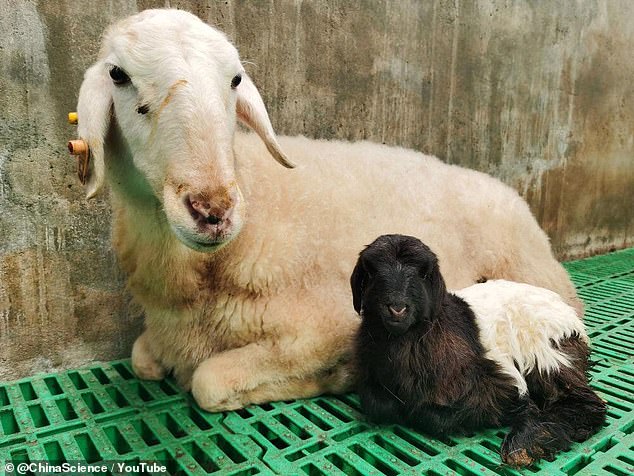

The baby sits with his surrogate mother. The two are not genetically related. Scientists plan to use cloning to enrich the Tibetan goat population with rams that can breed goats with higher quality wool.
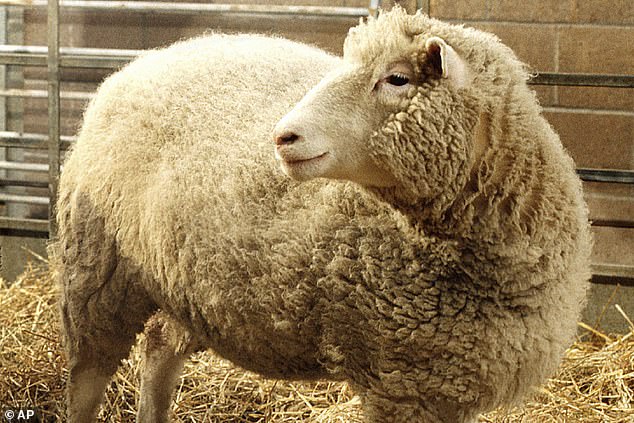

Dolly, born in 1997, was the first animal cloned by somatic cell nuclear transfer. The DNA of an adult sheep was implanted in an egg
In Dolly’s case, the cells came from the mammary gland of the donor, a six-year-old Finnish sheep. (Her name was something of a joke on the part of scientists, a reference to the anatomy of American singer Dolly Parton.)
The egg that gave rise to Dolly came from a Scottish Blackface sheep and was implanted in it after receiving the donor’s DNA.
For cloned goats, Chinese scientists used the same technique.
Although the scientists haven’t revealed much about the breakthrough, they did give some details: Of 43 surrogate goats, the initial pregnancy rate was 58.1 percent.
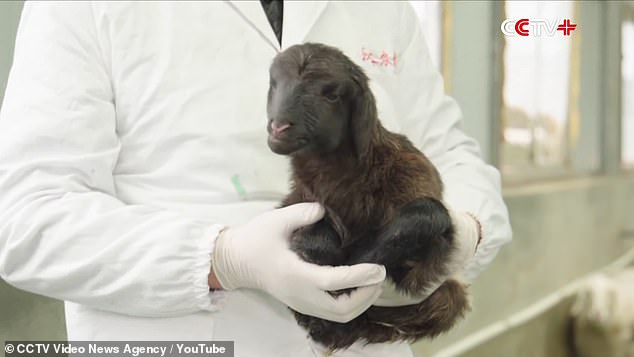

A scientist holds the cloned Tibetan goat calf, which Chinese state media reports is in good health.
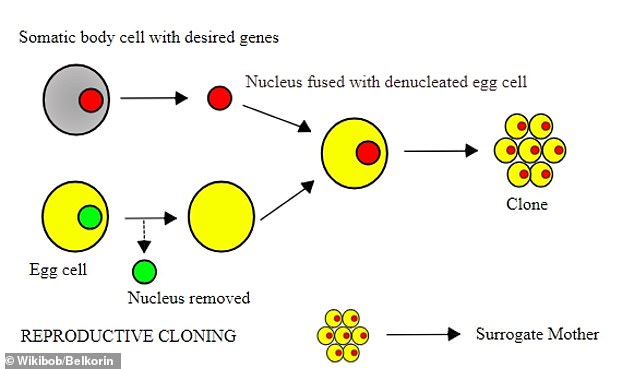

To create somatic cell nuclear transfer (SCNT) clones, scientists take DNA (red circle) from tissue and insert it into eggs (yellow) without their DNA (green). Scientists then turn certain genes on or off to help cells replicate (right)
Like in vitro fertilization in people, not all attempts to implant an embryo are successful.
At 120 days, 37.2 of the surrogates were still pregnant. Goat gestation usually lasts about 150 days.
The new baby also has a brother, but state media reports did not give any details about this.
closed TV circuit reported that cloning efforts will “increase the income of local farmers and herders.”
The news comes shortly after the January announcement that a monkey clone produced in China by a different team of scientists had turned two years old in good health.
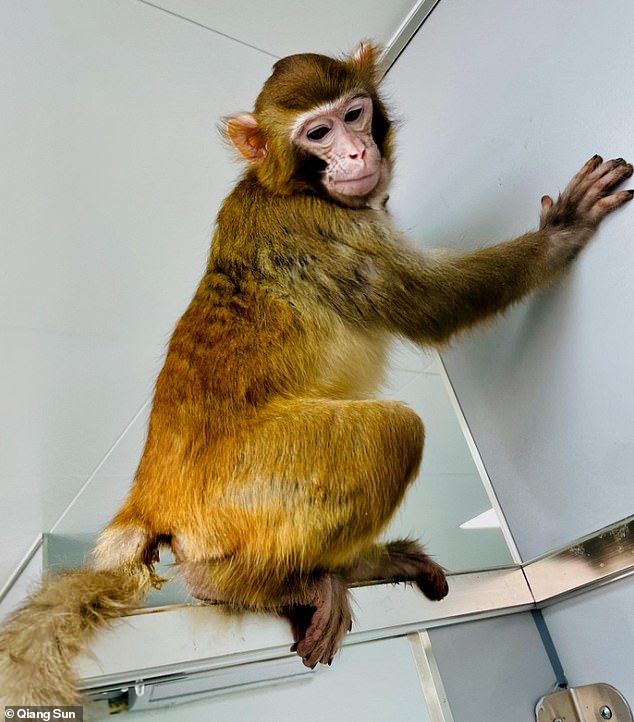

The news comes shortly after the January announcement that a monkey clone produced in China by a different team of scientists had turned two years old in good health.
The team also used somatic cell nuclear transfer to produce the rhesus monkey (Macaca mulatta), a primate species known for its closeness to humans.
The rhesus macaque is interesting because it is anatomically and physiologically similar to humans and has already been used extensively in human health research.
Scientists have raised ethical concerns regarding cloning, even though scientific efforts have so far only succeeded in cloning mammals.
And in some cases, such as the Chinese monkey, success came after a series of failures: individuals who died shortly after birth.
Scientists have agreed that cloning people would be unethical.

